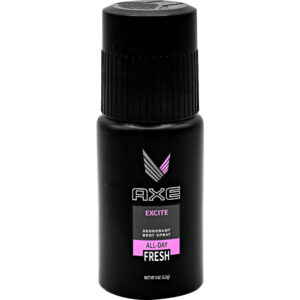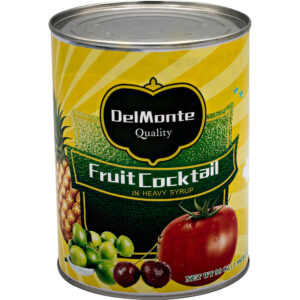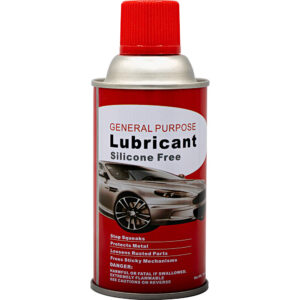
For Orders Over $25

On Any Of Our Products

Details On Refund Page
After checking a box, click the apply button below.
Looking for a clever way to hide your valuables in plain sight? Our Secret Hidden Safes category offers over 40 high-quality diversion safes designed to protect what matters most. Whether you’re storing emergency cash, jewelry, backup keys, or personal items, these safes are disguised as everyday household objects — from soda cans to wall outlets to books — so only you know what’s inside.
Showing all 40 resultsSorted by popularity








































Burglars spend an average of 8 minutes in a home. That means they’re looking for the obvious: drawers, jewelry boxes, and under the mattress. But our hidden safes give you the upper hand. Each one is made to blend in naturally with your environment, so your valuables stay out of sight and off a thief’s radar.
These safes aren’t just for home use. They’re a must-have for:
Q: Are these safes fireproof or waterproof?
A: Most diversion safes are not fireproof. They’re meant for discreet hiding — not fire or flood protection. Pair with a fireproof safe if needed.
Q: Where’s the best place to hide cash at home?
A: In plain sight. That’s the power of a good diversion safe — soda cans, books, or even a fake wall outlet.
Q: Can I travel with these?
A: Absolutely. Items like the Cola Can Safe or Dog Food Diversion Safe are great for stashing valuables in luggage or backpacks.
From dorm rooms to hotel stays, these hidden safes are trusted by homeowners, travelers, and anyone who needs peace of mind. Browse our full lineup below and find the best stash container for your lifestyle.
🔐 Hide in plain sight. Protect what matters.